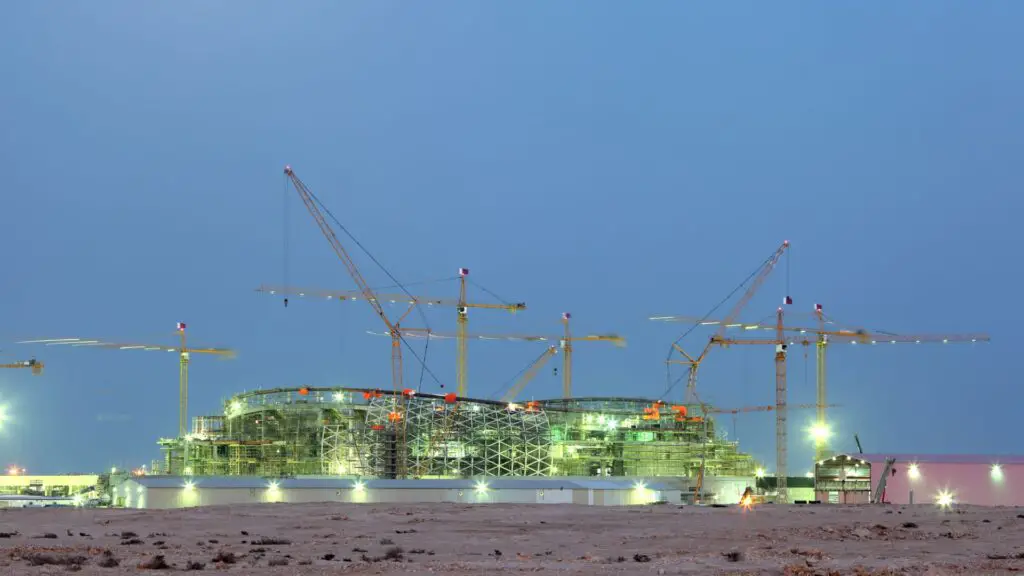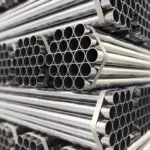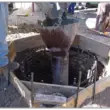As more people recognize the significance of sustainable practices, construction firms across all sectors have begun adopting green solutions in various aspects.
Sport construction is no different: commercial sports facilities and stadiums often consume significant resources during construction; employing sustainable strategies in their construction can have profoundly positive results.
In this blog post we’ll examine this concept while exploring innovative sustainable solutions which are revolutionizing sports construction industries around the globe.

Harnessing Renewable Energy Sources
One key tenet of sustainable sports construction is harnessing renewable energy sources like solar panels and wind turbines for powering facilities with large rooftops or open areas where it’s easy to harness their potential power sources – whether the sun, wind, or both!
By adopting renewable energy systems, sports venues can significantly decrease their reliance on fossil fuels and lower their carbon footprint. Any excess power produced could even feed back into the grid to meet local community energy demands.
Energy Efficiency Measures
Sustainable sports construction depends heavily on energy efficiency measures to create long-lasting buildings. Architectural designs now place special attention on features like energy-saving lighting systems, intelligent climate control, and enhanced insulation to optimize building performance. LED lights have quickly become a favorite due to their longevity, reduced power usage and ability to produce dynamic lighting effects during events.
Modern building management systems allow real-time monitoring and management of energy usage, helping facilities maximize resource usage efficiently while decreasing environmental impacts while significantly cutting operational costs. Sports facilities that employ energy-saving measures not only lower their environmental footprint but can also lower operational expenses significantly.
Water Conservation Initiatives:
With water scarcity being such an urgent global problem, conserving it has never been more vital in sports construction projects. Modern facilities now use innovative rainwater harvesting systems and greywater recycling techniques as part of their design, while providing water efficient fixtures as part of their offerings to make sure no drops go wasteful down the drain.
Like Us on Facebook!
Rainwater collected from rooftops and other surfaces can be stored and used for irrigation, landscaping and toilet flushing purposes – cutting our potable water consumption dramatically in the process. Greywater recycling systems treat and reuse shower, sink and laundry water sources thereby further decreasing waste water volumes.
Subscribe Us on YouTube!
ALso Read: Addressing Construction Challenges of Commercial Sport Facilities and Grounds
Sustainable Material Selection in Sports Construction
Selecting sustainable building materials plays a pivotal role in sports facility sustainability. Opting for eco-friendly and locally sourced options helps mitigate carbon emissions associated with transportation and manufacturing processes; recycled materials like reclaimed wood, rubber and steel may even be integrated into seating, flooring and signage features of your facility to further ensure its environmental benefits.
Construction waste management plans must focus on waste reduction and recycling for greater sustainability, helping ensure materials can be reused or recycled as much as possible while minimizing landfill contributions and supporting circular economy principles.
Green Spaces and Biodiversity Conservation: Sports facilities have increasingly integrated green spaces into their designs in an effort to promote biodiversity conservation and enhance aesthetic appeal while reaping multiple environmental advantages. Native plant species, green roofs and vertical gardens not only add depth of texture but can provide multiple environmental advantages that accentuate an already pleasing aesthetic aesthetic.
Green spaces play an invaluable role in improving air quality, mitigating heat island effects and managing stormwater more effectively. Furthermore, their inclusion of habitats such as pollinator gardens or birdhouses encourage local wildlife populations, helping maintain ecological harmony.
Community Engagement and Education:
A sustainable sports construction goes beyond simply meeting physical infrastructure needs; it offers sports facilities an opportunity to educate their local communities on environmental sustainability through awareness campaigns, sustainability workshops, or interactive exhibits that encourage green practices among athletes, spectators and staff members alike.
By creating an environment-focused culture in sports facilities, they can encourage individuals to adopt eco-friendly habits in daily life – expanding the impact beyond its walls.
Conclusion
Sustainable solutions in sports construction are changing the industry and offering us opportunities to build green while playing green. Through renewable energy sources, energy-efficient systems, water conservation initiatives, sustainable materials, green spaces and community engagement measures a sports facility shows its dedication to environmental responsibility.























